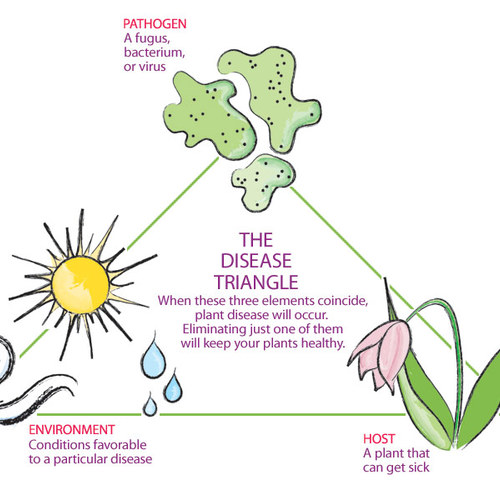Few things are more disheartening than watching a once-thriving plant succumb to disease. Whether it’s a cherished heirloom tomato with blighted leaves, a prized hydrangea (Hydrangea spp. and cvs., Zones 3–9) sporting powdery mildew, or an crabapple tree (Malus spp. and cvs., Zones 3–9) developing unsightly scabs, plant diseases can quickly undo months or even years of careful tending. While some diseases are merely cosmetic, others can be devastating, causing defoliation, stunted growth, and even death. But the good news is that with a keen eye and proactive measures, most plant diseases can be managed—or even prevented entirely.
This collection of articles and videos will help you identify, treat, and prevent some of the most common infections so that your garden can stay healthy and productive. We’ll guide you through the symptoms to look for, whether it’s the yellowing, curling, or speckling of leaves; strange fungal growths; or telltale cankers on stems and bark. Some diseases, like black spot on roses (Rosa spp. and cvs., Zones 3–10), thrive in wet conditions, while others, like rust on hollyhocks (Alcea spp. and cvs., Zones 3–9), spread through airborne spores. Understanding how and when these pathogens attack your plants is the first step toward effective control.
Of course, prevention is always better than cure. Proper cultural practices—such as selecting disease-resistant varieties, ensuring good air circulation, watering at the base of some plants rather than overhead, and keeping your garden free of potentially infected debris—can go a long way in keeping pathogens at bay, although these prevention methods may be different for different plants. And if an infection does occur, knowing the right treatment methods—whether organic, biological, or chemical—can make all the difference in stopping the spread.
Whether you’re dealing with a persistent fungal issue, a sudden bacterial outbreak, a persistent viral infection, or mysterious dieback, this collection of resources offers expert advice from horticulturalists to help you keep your plants thriving. With the right knowledge and tools, you can grow resilient plants year after year.
Diana Koehm is the content editor.















